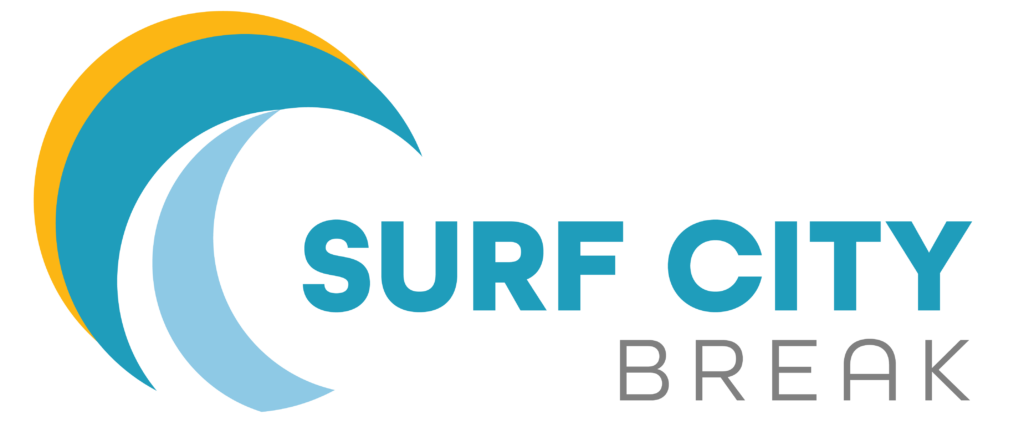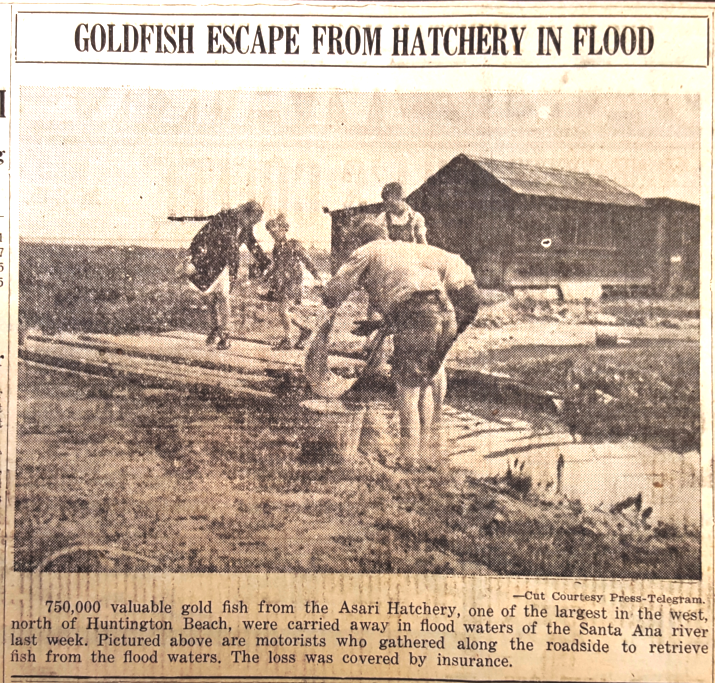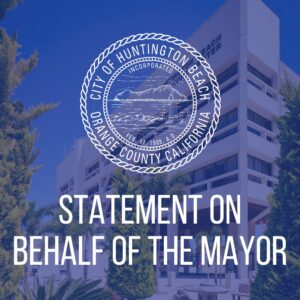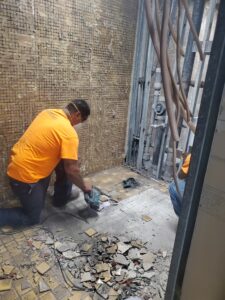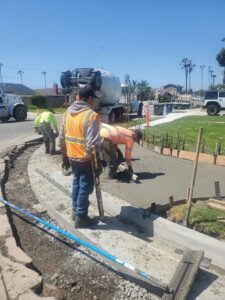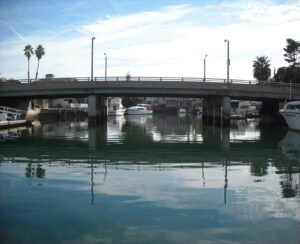As part of Asian American and Pacific Islander Heritage Month, the City remembers Tsurumatsu “T.M.” Asari.
Tsurumatsu “T.M.” Asari is reported to be the first Japanese immigrant to arrive in Huntington Beach, sometime around 1900. He was a successful merchant, produce farmer, and a successful goldfish farmer in the Wintersburg Village area, now part of Huntington Beach. He began farming by purchasing 40 acres in Wintersburg Village. Eventually, he farmed thousands of acres in west Los Angeles where he grew sugar beets, alfalfa, and barley with the help of 100 employees.
Asari also opened a market in Wintersburg Village, across from the Japanese Mission on what is now Warner Avenue. At that time, the market was a combination of household staples, and a feed and seed store, with a pool room in the back. One of the more exciting incidents at Asari’s market in Wintersburg Village was a hold up at the market by armed bandits in September 1910. They took $10 from the pool room and roughed up one of the market’s clerks. T.M. Asari arrived with his own revolver and—as reported by the Santa Ana Register—“fired at the men as they ran away in the darkness.” At times, farming and running a business in the countryside near Huntington Beach was the Wild West. Asari’s “gunfight” made news in both Orange and Los Angeles county newspapers. In addition, he was a founder of both the Wintersburg Japanese Mission in 1904 and of Orange County’s first Buddhist church. The Buddhist church first met in homes, then above the market in Wintersburg Village.
In 1924, Asari saw that goldfish farming was successful on the Furuta farm next to the Wintersburg Japanese Mission and he started goldfish farming himself. Asari’s goldfish farm provided desperately needed jobs during the Great Depression. He signed on to the National Recovery Act in 1933 to affirm his commitment to provide jobs and good wages for employees. By 1934, as the nation recovered, Asari was showing his goldfish at the annual garden club flower show at Memorial Hall in downtown Huntington Beach. A temporary tragedy struck after the Santa Ana River flooded in 1938, when a reported 750,000 goldfish floated away from his hatchery. The Asari family later survived their forced removal and incarceration during World War II, returning home to Huntington Beach upon release. By 1959, the Long Beach Press Telegram reported the Asari Goldfish Hatchery was shipping five days a week, with an average of 12,000 live fish, aquatic plants, hyacinths and lilies, for delivery south to San Diego and El Centro and to the north to Santa Barbara and Visalia, plus shipments of exotic fish “all over the world.”
The general location of Asari’s sugar beet and goldfish farm property is east of Newland Street and the Akita Bonsai Nursery, off Warner Avenue. The street sign, “Asari Lane,” serves as a reminder.
